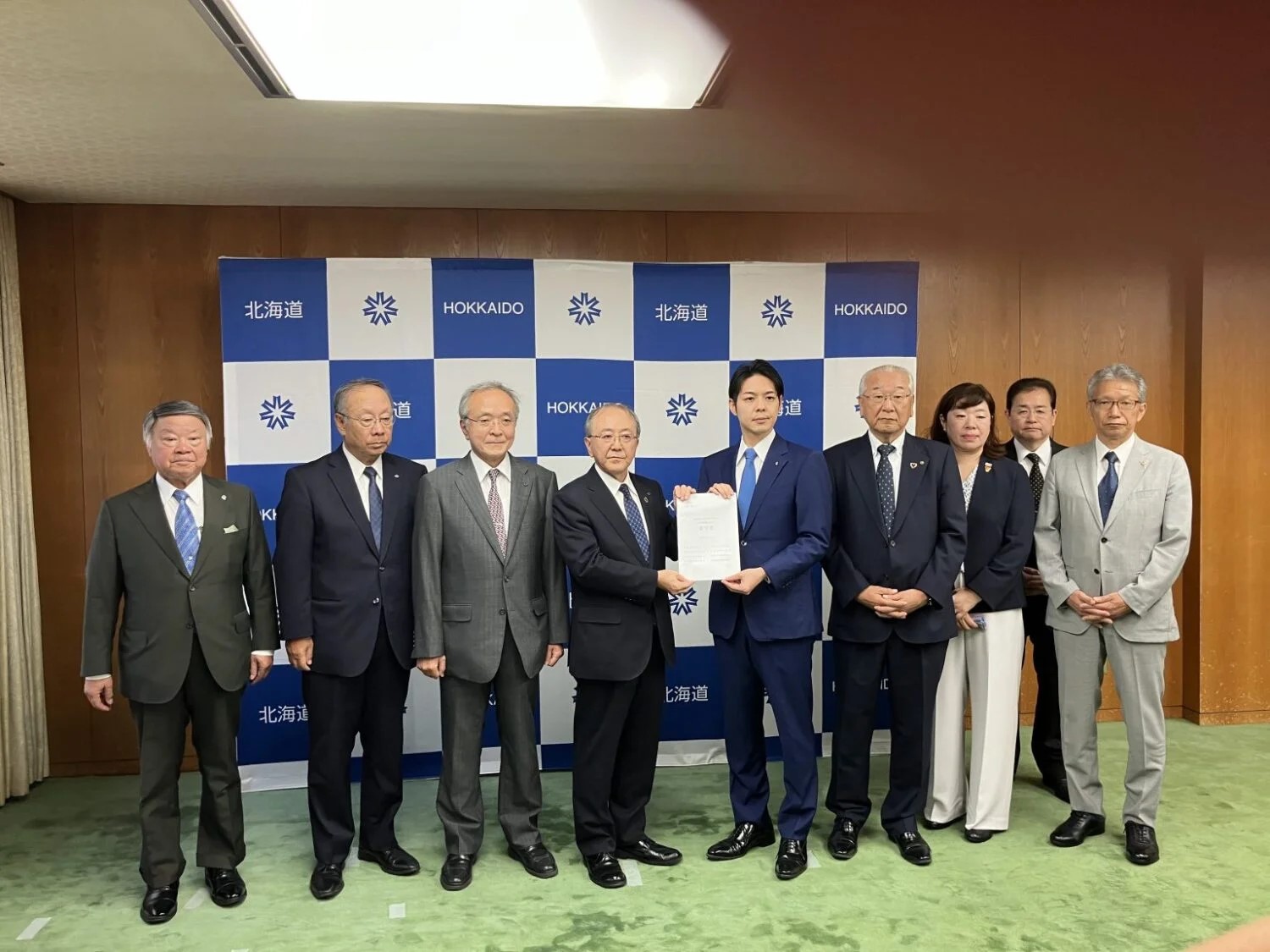Total Nuclear Capacity of Operating NPPs Decreases for First Time in 6 Years
As of January 1, 2020, there were 437 operating nuclear power plants (NPPs) around the world, with a total generating capacity of 411,924 MW. Total nuclear capacity, which had been increasing since 2013, decreased for the first time in six years.
Six had outputs less than 1,000 MW (total generating capacity of 4,300 MW) and had been operated for more than 40 years (since the 1970s): two in the U.S. and one each in South Korea, Sweden, Switzerland and Taiwan. The other six closed units totaling 6,430 MW of generating capacity had begun commercial operations in the 1980s and been operated less than 40 years: five in Japan and one in Germany.
Existing NPPs to Enter Age of 80-Year Operations
In the U.S., where electric power markets are significantly deregulated in many states, effective utilization of power generation assets is being pursued via extensions of NPP lifetimes and power uprates, rather than construction of new, large-scale NPPs requiring large-scale initial investments. The average capacity factor for all 96 NPPs in the U.S. in 2019 was a record high 93.4%. Thus, although the number of NPPs in the U.S. went down, electricity generated by nuclear marked new highs for two consecutive years, 2018 and 2019.
The first 20-year extensions of operating lifetimes, to 60 years, had already been approved for a total of 94 NPPs in the U.S. In December 2019, second 20-year extensions were approved for the first time, and the age of the “80-year reactor”dawned.
Development of SMRs Continues; World’s First Floating NPP Connected to the Grid
On December 19, 2019, the world’s first floating nuclear power plant, Akademik Lomonosov, was connected to the grid in Pevek, the northernmost town in Russia. Proactive efforts toward commercialization of SMRs are being carried out in many countries, most notably in the U.S., the U.K. and Canada.
5 NPPs Start Commercial Operation in China, South Korea and Russia
The survey this time found that five NPPs, with a total generating capacity of 6,667 MW, had started commercial operation in three countries: three in China and one each in South Korea and Russia. In addition, the Embalse (PHWR, 656 MW) in Argentina, operation of which had been suspended, was restarted. In contrast, closures were seen of 12 NPPs (operating through the previous year) in Japan, Germany, South Korea, Sweden, Switzerland,
Taiwan and the U.S., representing total generating capacity of 10,725 MW. Accordingly, the number of operating NPPs was reduced by six, and total generating capacity by 2,530 MW, compared with the previous survey results.
Construction Launched of 5 NPPs; 59 Units under Construction Globally, with Generating Capacity of 63,127 MW
Construction was launched during 2019 of 5 NPPs, with 6,332 MW of capacity, bringing the total number of NPPs under construction to 59, with generating capacity of 63,127 MW. 5 NPPs that had been under construction –three in China, one each in South Korea and Russia– began commercial operation. With removal of those five, the total number of NPPs under construction was unchanged and net capacity was reduced by 284 MW, from the previous survey.
8 NPPs Being Planned in China and Russia; Globally, 82 Units for 93,166 MW
Construction projects are expected for 82 NPPs, representing 93,166 MW. In 2019, eight NPPs (9,605 MW) were newly identified in two countries as being planned, while four (5,182 MW) were moved from the category of planning to “under construction.” In addition, projects in three countries for six NPPs (4,764 MW) were canceled. Accordingly, the results of this survey reflect a net two fewer NPPs, and less capacity by 261 MW, under planning than the previous year.
For further inquiry…
Price: JAIF member, Media: JPY 7,000 Non-JAIF member: JPY 14,000
(including tax and postage)
Please contact at doukou@jaif.or.jp



-049.jpg)
.jpg)







